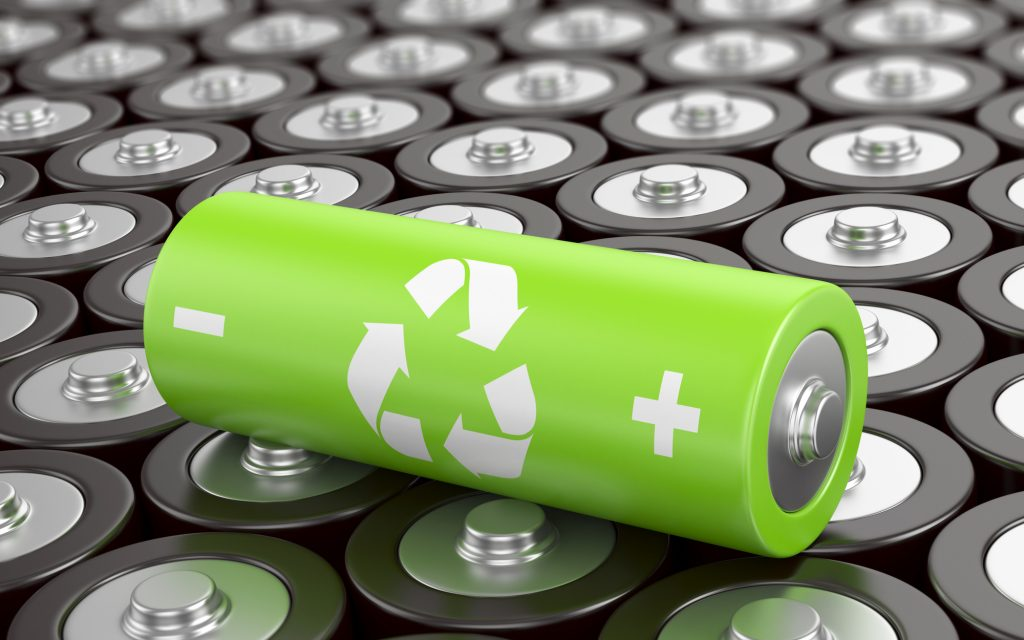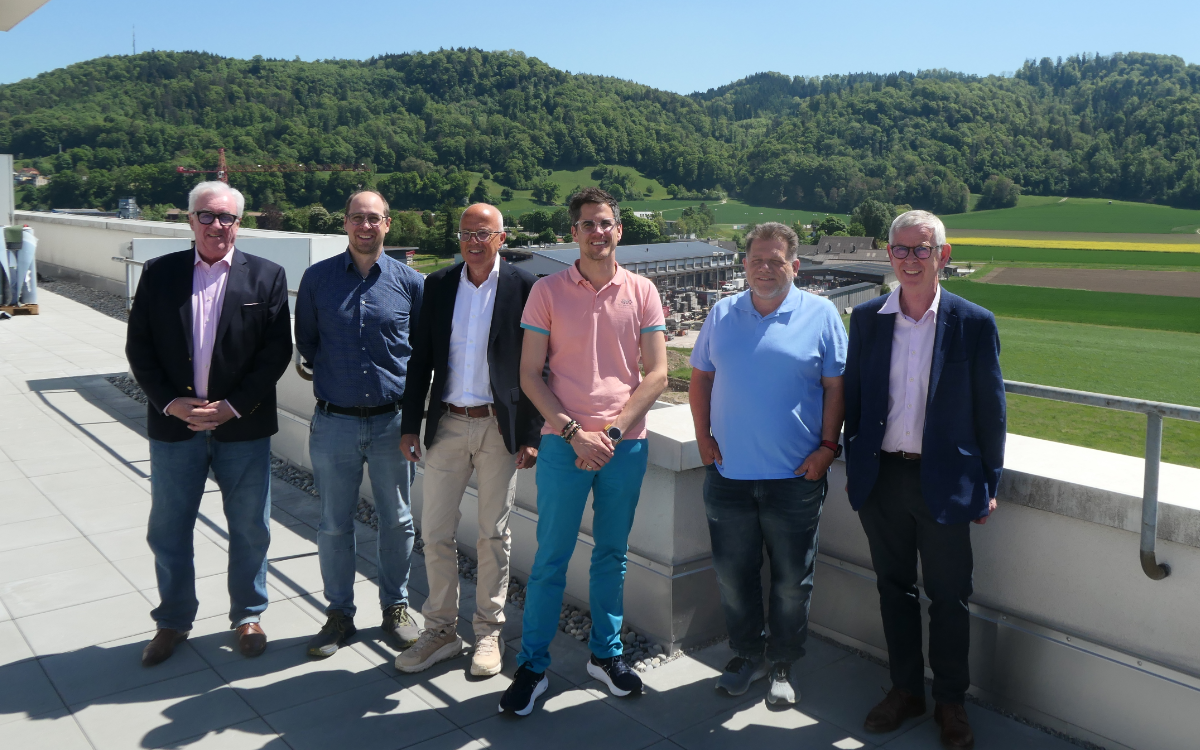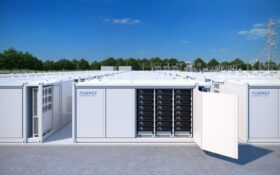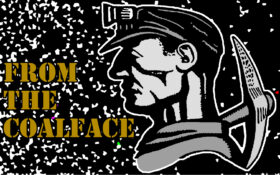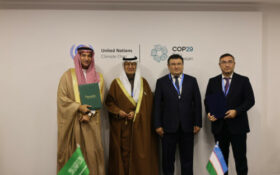A New York professor has developed a sodium-selenium (Na-Se) battery using technology derived from wood cellulose and peanut shells.
David Mitlin, a professor at Clarkson University, US, is the first person to develop a full Na-Se cell that promises to cut costs, outperform other chemistries and boast high cycling capabilities.
Following tests, Mitlin reported that selenium-carbon nanosheets paired against sodium metal reached 992 Wh/kg. In a full cell, with selenium-carbon nanosheet cathode vs. ‘pseudographite’ (a material Mitlin invented) anode, the cells reached 203 Wh/kg.
Mitlin is planning to produce full size pouch cells using the technology in the summer.
But it’s only now, after Mitlin successfully built and tested 2032 button cells that the technology could leave the laboratory.
Previous efforts to develop the technology have always stopped at a half-cell, using a selenium cathode paired to a sodium metal anode, Mitlin told BBB.
That’s because while this gives high energy, in terms of safety the sodium metal is prone to the same type of dendrite initiated thermal runaway failure as lithium metal.
Mitlin told BBB: “We are the first to develop not only an improved selenium–based cathode (selenium in carbon nanosheets), but also a full cell where the cathode contains sodium while the anode is an inexpensive carbon.
“In this sense the architecture is much closer to existing commercial lithium-ion battery cells where the cathode starts out lithiated.
“In our case the cathode consists of pre-sodiated carbon nanosheets with a high mass loading of Se in its pores. The core of the cathode technology is wood cellulose – derived carbon nanosheets, which are elastically compliant and highly porous with Se incorporated into the pores.
“The anode is a material we invented a few years ago called “pseudographite”. It is a farm waste (peanut shell) derived carbon which stores Na analogously to the way graphite stores lithium.”
Compared to previous selenium-based architectures (all half cells), Mitlin says his had a major advantage in terms of inexpensive carbon nanosheets, and thin carbon nanosheets that allows fast charging of Se.
The charge storage capacity of the full cell is much higher than for any other sodium ion battery architecture reported previously, said Mitlin.
“This compensates for the lower voltage of the full cell, giving overall superior energy and power.”
Mitlin said he believed there are some very good grid and municipal energy storage applications for the technology, and he is in the process of doing a full customer discovery study.
He said: “In parallel to scaling up the cells, we would need to better understand where the cost – energy – power – cyclability characteristics of our devices place us relative to existing systems.”
The research was featured in the Royal Society of Chemistry’s publication Energy and Environmental Science.



